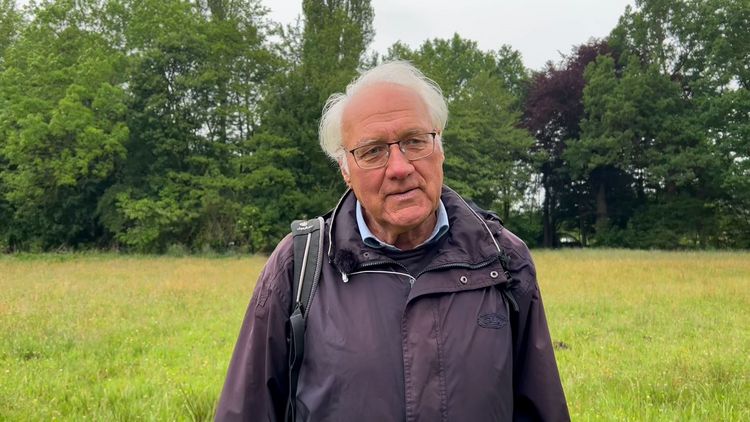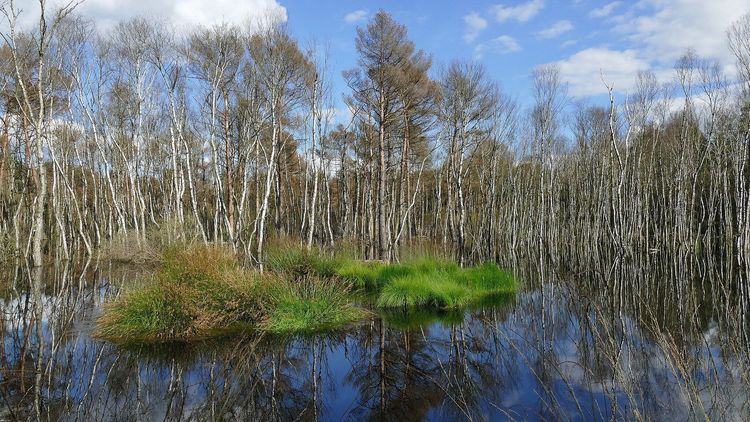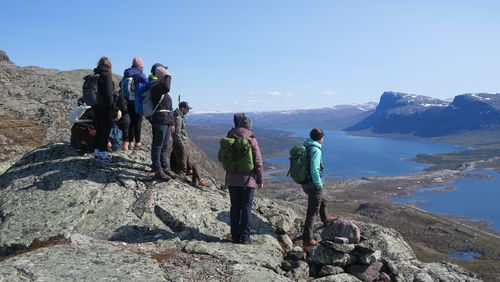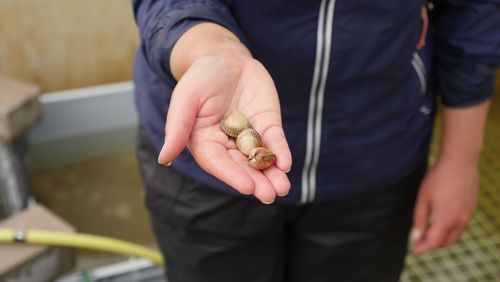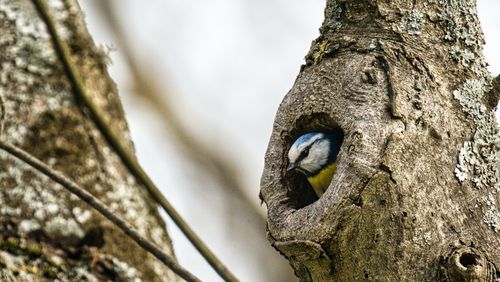Peatlands, meadows, forests: About 80 percent of habitats in Europe are in poor condition. Rainer Buchwald explains in this interview why this trend should be reversed and what role the EU plays in nature conservation.
Mr Buchwald, after a tight vote, the EU Parliament has cleared the way for the new nature restoration law. Is this good news for nature conservation in Europe and Germany?
Yes, it is. This is a big step forward - even if the member states and the EU Council still have to agree. This is the first major piece of nature conservation legislation at EU level since 1992, when the introduction of the Habitats and Birds Directives ensured that nature conservation projects in Europe and Germany could be better enforced.
Until now, nature conservation has focused on protecting specific species and biotopes. One of the aims of the new legislation is to introduce restoration measures for 20 per cent of the EU's land and marine areas by 2030. What does this mean in practice?
By restoration we mean the goal of restoring a degraded but not completely destroyed ecosystem, or at least returning it to a more natural state. An ecosystem is degraded if, for example, some species are absent, the overall species structure is disturbed or ecosystem functions are reduced. The new EU legislation therefore focuses on ecosystems as a whole, although species and habitat protection remain relevant.
Why is ecosystem restoration so important?
Worldwide, but especially in Central Europe, the high population density and intensive land use of recent decades have severely damaged landscapes and habitats. Restoring them, at least in part, not only improves their biotic communities, structure and functionality, but also restores so-called ecosystem services. Healthy soils and forests store nutrients and provide clean groundwater. Near-natural peatlands host specialised species and store more water and greenhouse gases than degraded peatlands. Near-natural rivers and streams with their floodplains protect us from floods.
We thus need restored, healthy ecosystems to mitigate climate change and its consequences.
Yes, the EU has recognised this with its Green Deal. But the task is huge. Restoring a bog or a river is more complex than protecting a species - and it costs more money. For example, removing a dam to restore floodplains. Restoration is like a very sophisticated repair job, requiring experts from many disciplines to work together - for example, zoology, botany, hydrology, soil science and landscape ecology. Unfortunately, not all habitats are equally amenable to restoration. Meadows, for example, can be restored quite well. Bogs are very difficult to restore and some systems, such as springs, cannot be restored at all.
So how are we going to manage this task?
First of all, we at the universities should provide our students with the appropriate training, for example in landscape ecology. When they go on to work in planning offices or government agencies, they need to be able to initiate, critically monitor and evaluate restoration projects. For example, they must be able to carry out scientifically sound monitoring. We also need good cooperation between research and practice in order to assess which restoration measures will actually bring about the desired success - for example, whether damming up water in a bog will work or not. Then the money coming from the EU will be well spent. Otherwise we will remain stuck in actionism.
Interview: Constanze Böttcher

